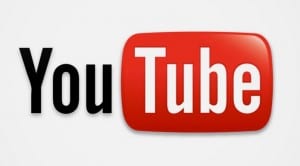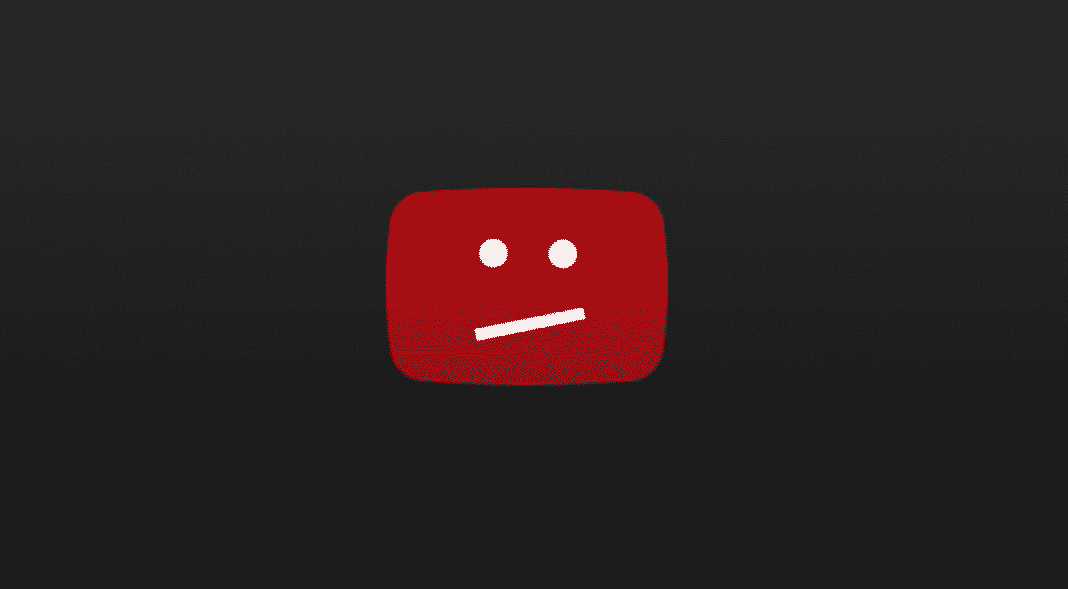YouTube’s Copyright Insanity
It's getting crazy in here...

Yesterday, YouTuber Angry Joe posted a video accusing Lionsgate of using YouTube’s copyright claim system to target negative reviews. The day before that, YouTuber SmellyOctopus shared a claim he’d received on a private test stream even though the audio only featured his voice.
Last month it was YouTuber TheFatRat talking about how he received a copyright claim on a song he composed, before that it was YouTuber Jackie M taking drastic steps to combat a copyright claim on one of her videos that only featured legally-used music.
The stories of questionable even outright false copyright claims and notices are legion. Nearly every YouTuber has experienced them, myself included, and the problem only seems to be getting worse despite repeated promises from YouTube to address the issue, including a push in 2016.
To add insult to injury, the aggressive tactics have not made YouTube a piracy-free haven with many creators and rightsholders complaining that they still find their work on the site in spite of cooperating with YouTube.
Though YouTube has certainly made it much more difficult, at least according to forum posts of those trying to circumvent it, it’s clear that some have still found a way.
So what is going on? We may never really know because much of what is happening can only be known by YouTube. However, there are a few things we can say for certain and those can provide clues as to what is going on and what YouTube needs to do to correct its copyright chaos.
A Dual System
One of the reasons that copyright enforcement on YouTube seems so inconsistent is because it’s actually two systems in one, something I explained in a video I made in 2016.
The first system is the standard DMCA Notice and Takedown regime that it is required to have as part of U.S. law.
Under this system, rightsholders are able to file a DMCA notice with YouTube regarding allegedly infringing video. YouTube then removes the video and the user has the option of filing a counter notice, which will either result in the rightsholder filing a lawsuit or the video being restored.
This is also the system through which YouTubers can earn copyright “strikes”. These are the strikes that can cause YouTube to restrict accounts with active strikes and ban those that get too many. These can quickly endanger an account, such as what is currently ongoing with YouTuber Jameskii.
However, this system accounts for less than 0.5% of all YouTube copyright disputes. The bulk of copyright issues are handled via their automated content matching tool, Content ID.
Content ID allows rightsholders and YouTube to automatically spot duplicated content and flag it. Rightsholders can then take a wide variety of steps including blocking the video, monetizing it and tracking it.
It’s worth noting that rightsholders also have the ability to do manual claims on content. This is designed to be used when Content ID failed to detect a match but a representative for the rightsholder did.
Content ID claims do not result in a copyright strike as they aren’t considered DMCA notices. However, the loss of monetization and blocking of videos is a burden unto itself and can cripple channels.
YouTubers have sought ways to avoid such claims but have largely been unsuccessful. Some use a “Copyright Deadlock” system pioneered by Jim Sterling that tries to get a video claimed by multiple entities so it remains ad and monetization free. However, that only works with a secondary income, such as a Patreon, and doesn’t allow the uploader to profit from the video.
Though bad actors who knowingly file false notices have been a problem on YouTube, the lion’s share of the anger is directed at Content ID and its questionable matches.
So why is Content ID causing so many problems? The answer is fairly straightforward.
The Problems with Content ID

Whenever you’re checking for matching content, whether it’s a traditional plagiarism check or a service like Content ID, your results are only as good as these two things:
- The Matching Algorithm
- The Database of Content You’re Matching Against
With Content ID, both elements seem to have issues. Sometimes it will falsely flag things as matching that can’t actually be matches, such as SmellyOctopus’ video, or match against things that shouldn’t be in the database, such as the Family Guy/Tecmo Bowl incident from May 2016.
How common these problems are is up for dispute. According to YouTube, less than 1% of all Content ID claims are disputed but the lack of a dispute doesn’t mean that the claim is correct. It may just mean the person chose not to fight it.
All in all, YouTube says that, with audio matches at least, the system has over 99.7% precision. But even if that number is accurate, with over 400 hours of videos being uploaded every minute, that’s a lot of videos getting either false negatives or false positives.
And that is one of the key problems YouTube has: Quantity. With so much content being uploaded and so much in its Content ID database, finding matches is a significant challenge, especially when you have to look at both video and audio content.
While it’s clear that YouTube has a lot of room to improve, even the best system is going to make mistakes and, when you’re dealing with these kinds of numbers, even a low failure rate is going to make a large number of errors.
Fixing this problem isn’t easy, but there are a few things that YouTube can do.
The Path to Improvement
No system is ever going to be perfect and, though YouTube has been working to hone Content ID, there’s only so much it can do from a tech standpoint.
Instead, it may be past time to make some adjustments to the system to prevent or reduce some of the more common problems with Content ID.
Here are three simple suggestions to consider:
- No Retroactive Content ID Claims: The Family Guy case should never have happened because the claimed videos were published well before the work in the Content ID database. It should be obvious that no Content ID claim should be made on videos uploaded before the source content was published. There are obvious exceptions, such as when new providers join Content ID, but, in general, retroactive Content ID claims should not happen.
- Clean Up the Database: The Content ID database clearly has issues. YouTube depends upon rightsholders to provide the content that it checks for, but rightsholders often include content that either they don’t own, such as licensed works they used, or items that may unintentionally trigger false Content ID matches. Works that generate false Content ID matches need to be removed, edited and re-uploaded. Organizations that produce a large amount of false claims may need to be paused pending
- Adjust the Minimum Time Threshold: Many of the most frustrating matches are for very short periods of time, usually just a few seconds. These not only raise fair use questions, but are often very difficult to match accurately. Ignoring very short matches would help avoid many of the most egregious matches.
The great thing about all of these changes is that none rely on YouTube magically making Content ID better. The question is whether YouTube’s partners would accept them, especially when they’re being asked to do more work preparing their files.
Ultimately, YouTube has to keep those rightsholders happy with Content ID. The alternative, a tidal wave of DMCA notices, is worse for everyone (including YouTubers) and as YouTube pushes to make itself a mainstream movie rental and music streaming site, it needs those partnerships.
In the end, while Content ID likely can’t get much smarter than it is, it may still be possible for YouTube to be smarter about how it uses it and that may help reduce the number of false claims.
Bottom Line
To be clear, most of the false claims on YouTube are not the work of bad actors, but rather, mistakes. While some rightsholders are behaving downright recklessly, on the whole the problem is rightsholders putting too much faith in YouTube’s system and not doing enough to ensure their provided content doesn’t generate false matches.
Fixing the problem, however, is going require a willingness to address it and it has to come both from YouTube and the Content ID partners. Unfortunately, given the acrimonious relationship between YouTube and the music industry, I don’t see any significant cooperation coming.
Still, there are changes that YouTube can and should make to the way it handles copyright. Such changes could drastically reduce the false claims without significantly hurting the system’s ability to fight piracy.
A piracy-filled YouTube benefits no one (save pirates) but neither does one where original YouTubers have to deal with questionable copyright claims on their work.
If YouTube is to continue to thrive, it must find a way to solve this problem and it will have to work with rightsholders if it hopes to do it.
Want to Reuse or Republish this Content?
If you want to feature this article in your site, classroom or elsewhere, just let us know! We usually grant permission within 24 hours.
